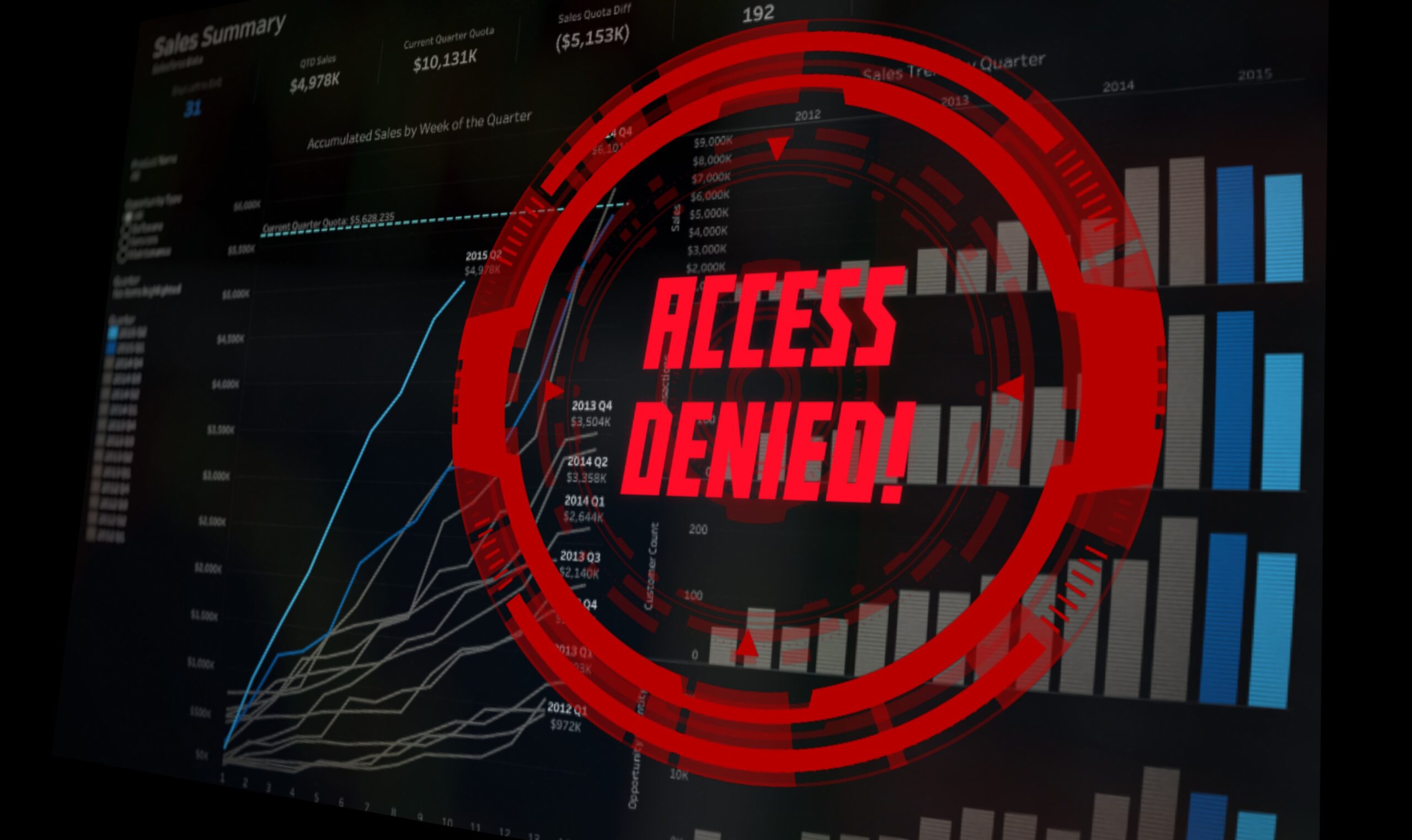Digital technology offer charities a wealth of options. But Tris Lumley of think-tank New Philanthropy Capital says that they should heed advice from the Government Digital Service and take user-centric approach to transformation.
Charities should take note from GDS when planning their digital transformation – Photo credit: Flickr, Geek Calendar
When Liam Maxwell, national technology adviser to government, spoke at the launch of the Centre for the Acceleration of Social Technology, he made a strong case for the importance of technology challenges being tackled collaboratively.
Building on the successes of the Government Digital Service, he went so far as to suggest that the charity sector had an unique opportunity to work together, because (in his words) charities don’t need to compete with each other.
While I agree 100% with his call for collaboration, I don’t share his untethered optimism about the charity sector.
We fight tooth and nail for the limited funding and investment coming into the sector. I’ve lost count of the number of times I’ve heard people say that, in their experience, charities are actually much more competitive than the private sector, and I tend to agree.
Digital technology presents charities with huge opportunities, just as it does to private and public sector organisations.
They can reach audiences nationally and internationally, offer services online and augment in-person services. They can tap into the more sophisticated benefits of technology — automation, data analytics, and even artificial intelligence.
But these opportunities are not straightforward to grasp — organisations need digital skills, leadership, and financial resources to invest in technology.
Related content
Scottish government launches digital inclusion drive
Earning public trust in the era of cyber threats
But government can play an incredibly influential role in seeding collaborations, just as it did with the development of SENDirect — an online marketplace offering services to the families of children with special educational needs and disabilities.
When in 2011 the Department of Health and Department for Education made a grant to the consortium that developed this marketplace, they played a critical role in encouraging collaboration, by creating the financial incentive for the charities involved to work together.
This role — convening partners and sparking collaborative approaches — is one I believe government needs to play much more frequently in the charity sector.
To get partners committed to collaboration, there often (or always?) needs to be money on the table.
Organisations have their own specific interests, and finding common ground can be difficult even among organisations working toward similar missions. Overcoming these challenges requires strong incentives, and for organisations that are always fighting to meet their own budgets, money is the strongest incentive available.
Government can also play a vital role in encouraging organisations to work at a higher level than their own individual interests, by bringing the expertise and experience of GDS to bear.
GDS has been successful in government in large part because it has been able to operate outside of departmental silos and vested interests. It has been able to focus on service users, and look from their perspective at how the products and services of the public sector are experienced.
Charities could benefit hugely from such a user-centred approach to digital transformation. Although charities are often used to envisaging their services as unique in playing a crucial role in addressing users’ needs and aspirations, in reality they are only ever one piece of the puzzle.
Real people’s lives involve multiple interactions with multiple products, services, and organisations.
And so digital technology needs to be conceived and designed against this background. I believe GDS, whether at central or local government level, could play a unique role in creating the space and designing the processes through which user journeys can be mapped out far beyond organisational vested interests.
And if the charity sector is to play a role in an increasingly digital world, I believe we have to grasp this challenge, and get the support of government to grapple with and overcome it.



